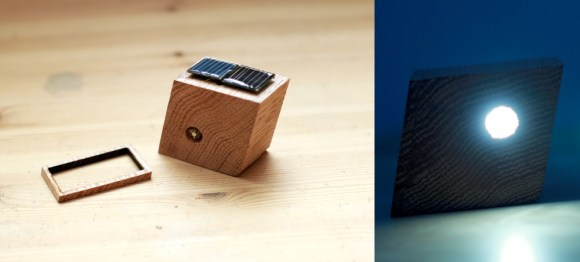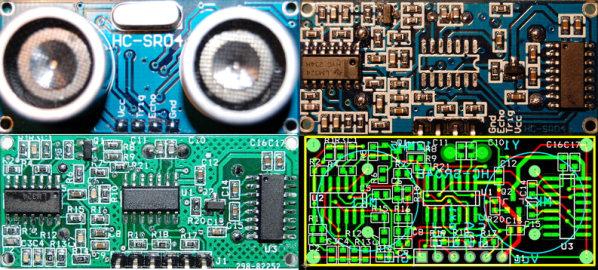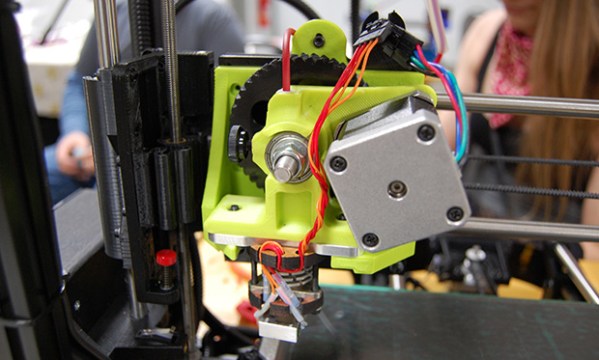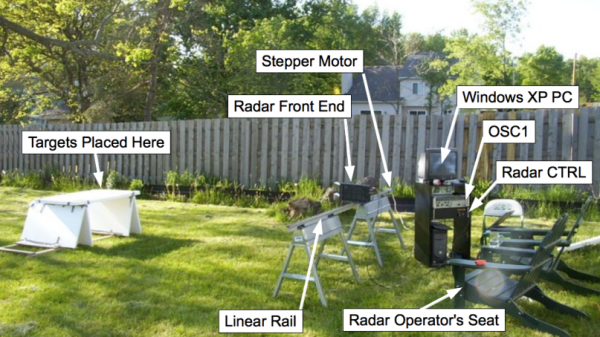
Here’s a cute little LED hack for your next soiree, it’s a solar charged piece of wood… with a motion controlled light in it!
[Zach DeBord] decided to try building his own version of this after seeing a commercial offering. He took a piece of oak and sliced off the top edge, and then laser cut the exact profile of the solar panel out of that slice. This allowed him to drill a nice big sloppy hole in the middle of it to fit the circuitry.
He’s using a nice big 8mm LED with a small 0.09V-5V DC boost circuit, a mercury tilt switch, a 4.5V solar cell, and a 2.7V 10MF super capacitor — plus a diode and 100ohm resistor. He’s glued the top slice of wood back in place, and sealed the entire thing with resin — you can hardly see the cut mark!
Continue reading “Cute Tilt Beam Flashlight Adds Some Fun Interaction To Your Patio Table”
















